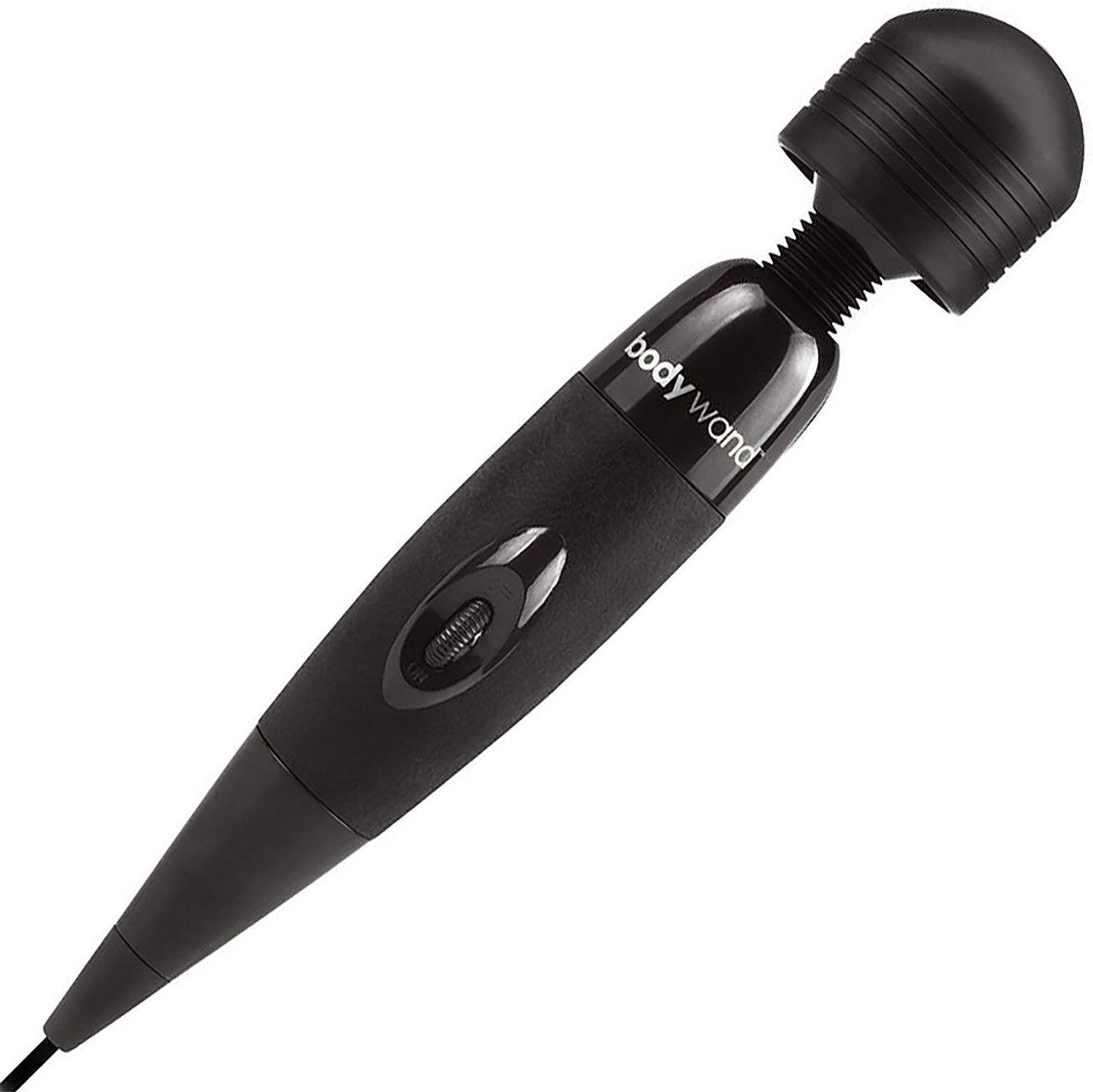Recovering from a muscle injury or just looking to relax after a long day, using a massager can offer numerous benefits for your overall well-being. From improving circulation to reducing muscle tension, a massager can be a valuable tool in your recovery process.
However, understanding how to properly use a massager and knowing what to expect during and after a session is essential to maximize its effectiveness. In this article, we will explore everything you need to know about using a massager during recovery to help you make the most of this self-care practice.
1. Benefits of Using a Massager During Recovery

Using a massager during recovery can provide a multitude of benefits for both physical and mental well-being. Massagers can help to improve blood circulation, reducing inflammation and muscle soreness in the process.
The deep tissue massage provided by a massager can also help to break up scar tissue and adhesions, promoting faster healing and increased range of motion. In addition to the physical benefits, using a massager can also help to alleviate stress and tension, promoting relaxation and better sleep.
Overall, incorporating a massager into your recovery routine can be a beneficial and effective way to speed up the healing process and improve overall recovery outcomes.
2. Choosing the Right Type of Massager for Recovery

When it comes to choosing the right type of massager for recovery, it is important to consider your specific needs and preferences. There are various types of massagers available on the market, each designed to target different areas of the body and provide different benefits.
For individuals recovering from a specific injury or dealing with chronic muscle pain, a deep tissue massager may be the most effective option. These massagers use intense pressure to target knots and trigger points in the muscles, providing relief from tightness and discomfort.
On the other hand, those looking for a more gentle, relaxing massage may prefer a handheld or vibrating massager, which offer a more soothing sensation. Ultimately, the best type of massager for recovery will depend on your individual needs and preferences, so be sure to consider factors such as intensity, size, and massage styles before making a decision.
3. Tips for Using a Massager Safely and Effectively During Recovery

To ensure safe and effective use of a massager during recovery, it is important to first consult with a healthcare professional to determine the appropriate type of massager for your specific needs. When using the massager, start with the lowest intensity setting and gradually increase as needed.
It is crucial to avoid using the massager on broken or injured skin, as this can result in further damage. Additionally, be mindful of the amount of pressure being applied and avoid pressing too hard, especially on sensitive areas.
Take breaks during your session to give your muscles time to relax and prevent overstimulation. Lastly, always follow the manufacturers instructions and never leave the massager on one area for an extended period of time.
Conclusion
In conclusion, incorporating a body massagers into your recovery routine can offer a multitude of benefits, including improved circulation, reduced muscle soreness, and faster healing times. It is important to select a massager that is suitable for your specific needs and to use it properly to avoid any potential injury.
By utilizing a massager as part of your recovery plan, you can enhance your overall performance and well-being, ensuring that your body remains in optimal condition for continued exercise and activities. Make sure to consult with a healthcare professional or physical therapist before integrating a massager into your routine to ensure it is safe and effective for your individual needs.




